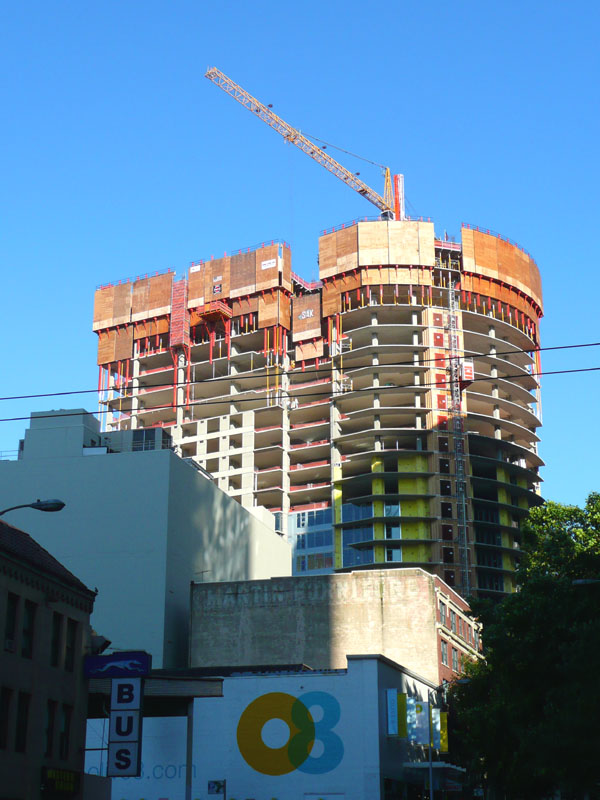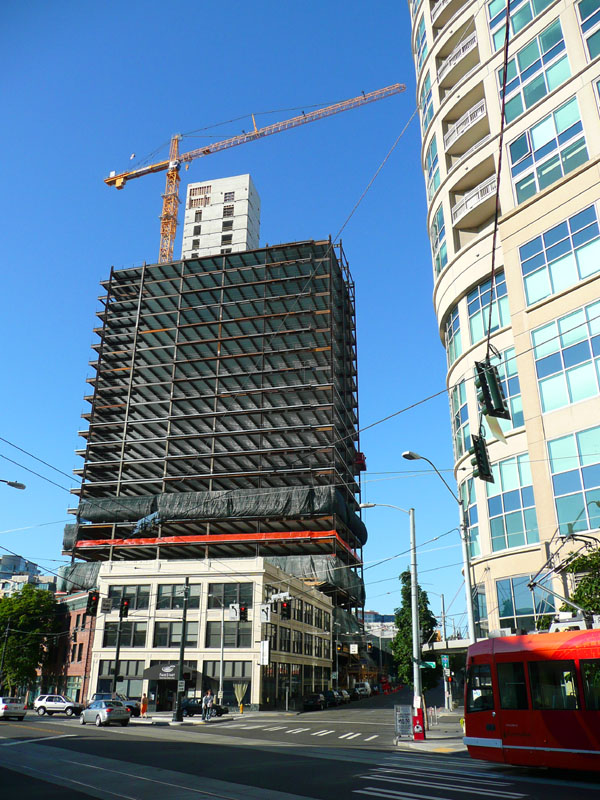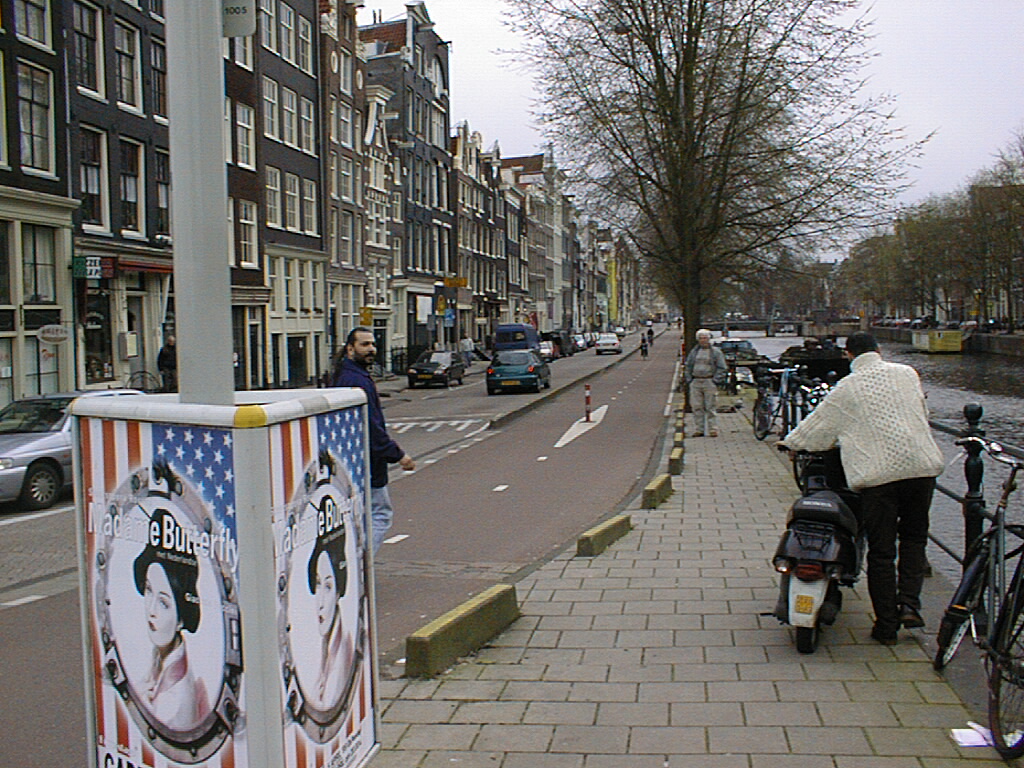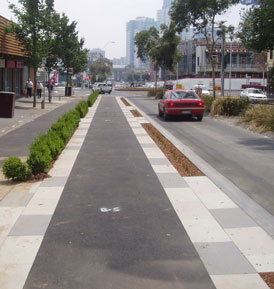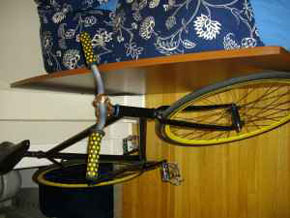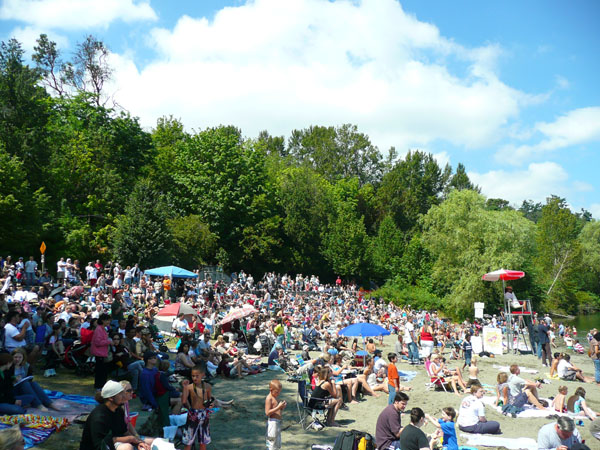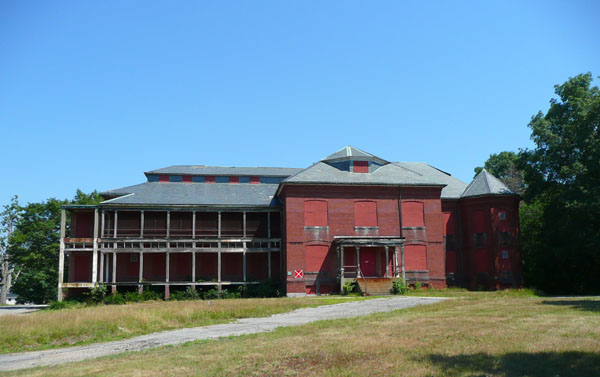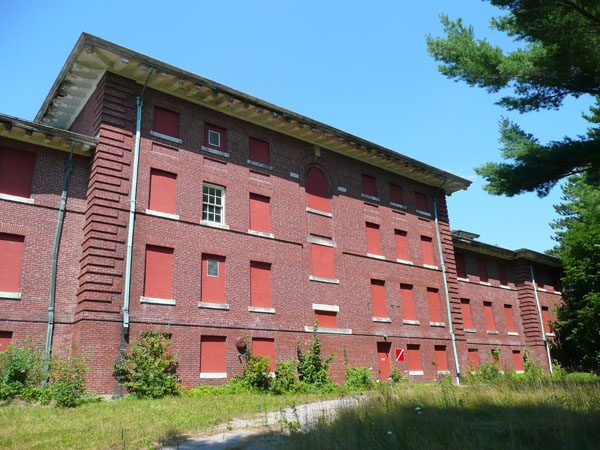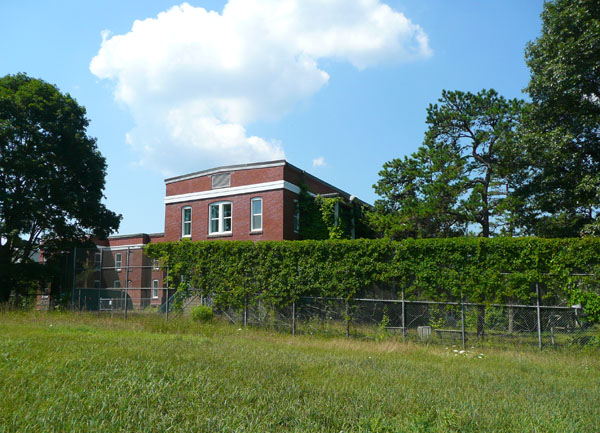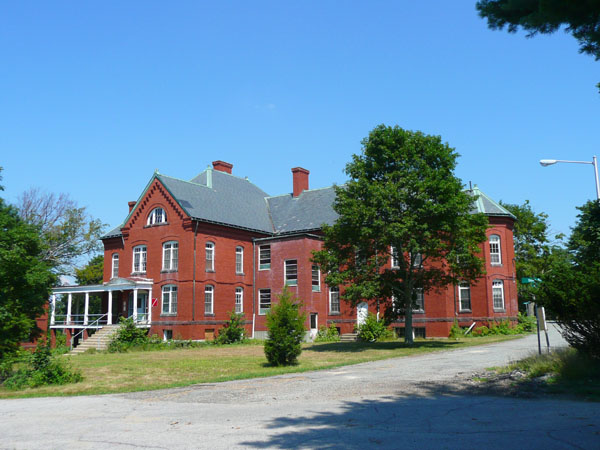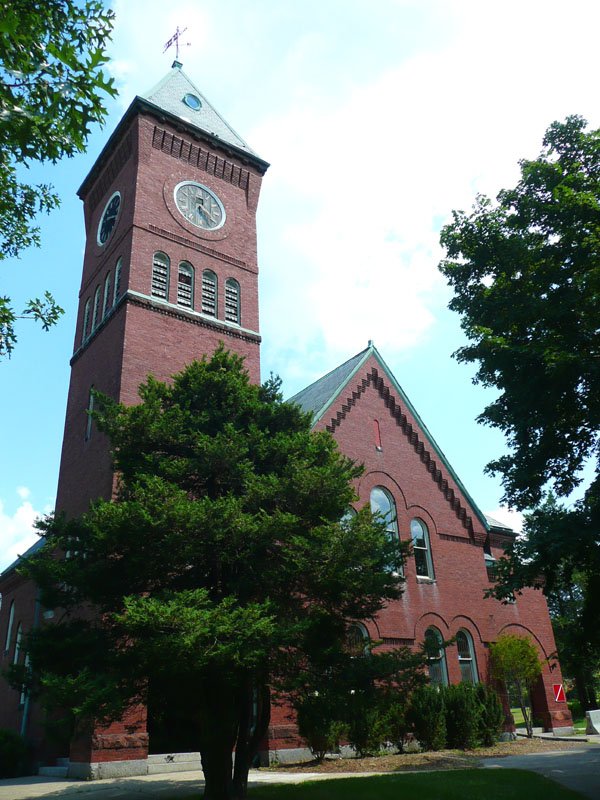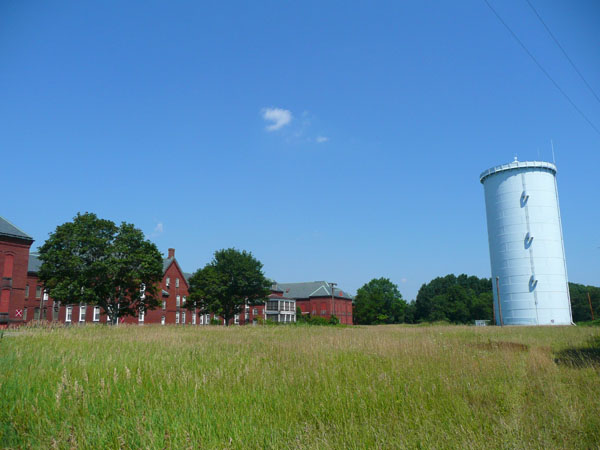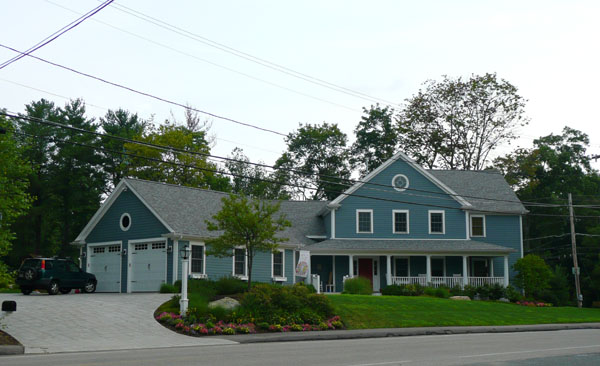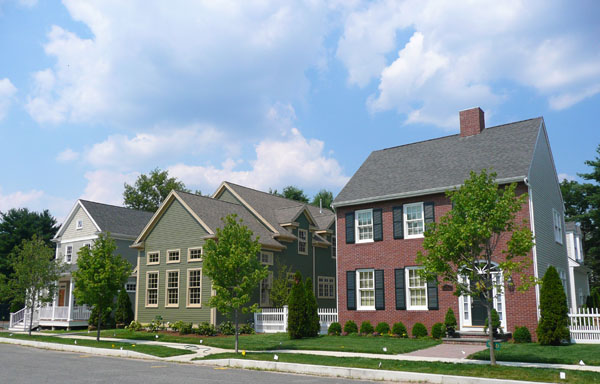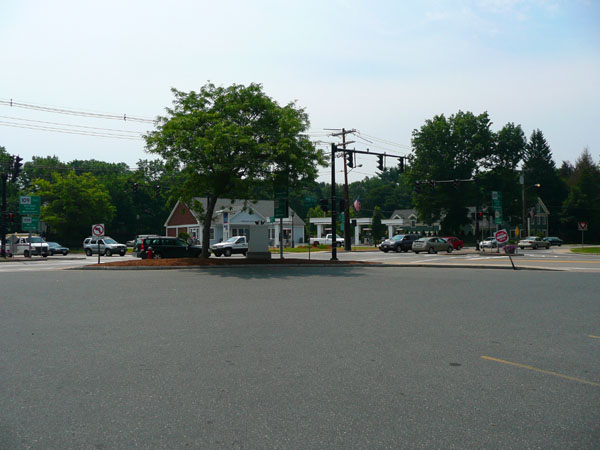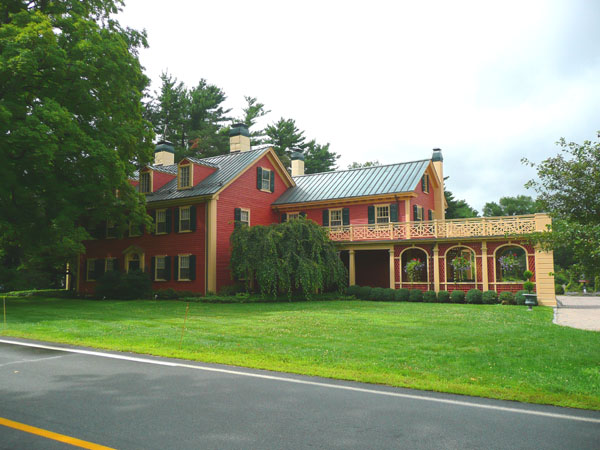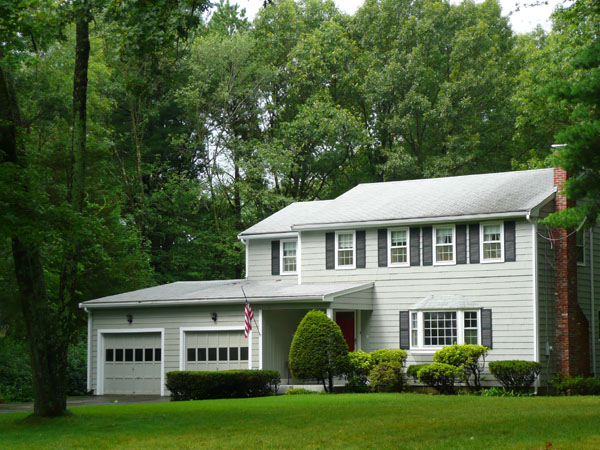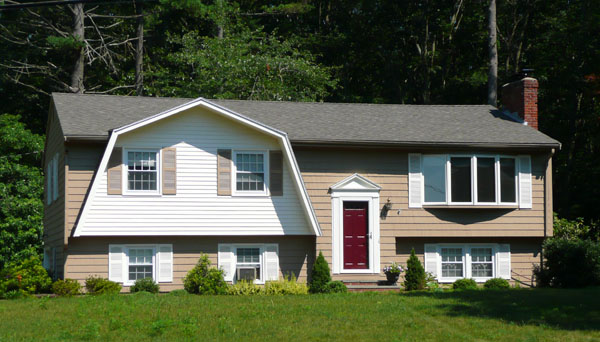So then why do so many people get their panties in such a bunch about them?
But before going there… talk about Instant Karma: Yesterday I had the closest call I’ve ever had on my bike downtown. A Metro bus blew by me within inches, and when I confronted the driver about it at the next red light, he essentially admitted he was just “playing games” with me because he was annoyed that I had cut to the front of the line of traffic stopped at the previous light. Though some of you dear readers are no doubt brimming with glee over how I got what I deserved, I trust there are a few sane ones out there who recognize just how fucked up that bus driver’s response was. I annoyed him so he seriously threatened my life; sort of like if I called him a poopy head and he put a loaded gun to my head and pulled the trigger halfway. This person should have his driving privileges revoked. Period. (I filed a complaint with Metro — it will be interesting to see how it is handled.)
Back to the point: Bicycles have but the tiniest impact on most urbanites’ lives. But judging by the way some people spew the bile (google “slog” and “bikes”), you’d think bikes were holding the entire city hostage.
The impact that bikes have on traffic flow is negligible. The damage that bicycles do to people and property is negligible. The objective reality is that pretty much the worst bicycles do is that they annoy people.
Perspective all right: As I was writing this late last night I heard a volley of gunshots go off a couple blocks away from my house followed by three or four police cruisers screaming down 23rd Ave. That, and the social conditions that led to it, is something worth being concerned about.
I mean really people, are bicycles riding on sidewalks really that big of a source of anxiety in your lives? Does my riding up to the front of a line of cars stopped at a red light have any significant consequence, other than annoyance?
Meanwhile cars kill something like 40,000 people per year in the U.S. And maim who knows how many times more. And destroy a few bazillion dollars of property.
And while it’s no doubt true that people sometimes have annoying interactions with bicycles, the frequency with which it happens has got to be low in comparison to the onslaught of daily annoyances faced by the typical urbanite. There just aren’t that many bikes out there.
I am baffled by those who express the same level of contempt for cyclists that break the rules of the road as they do for drivers that break the rules of the road. In the latter instance, someone might end up crushed on the pavement, while in the former, perhaps someone might get, well, really annoyed. It’s awfully curious how these folks (including many cyclists) suddenly become sticklers for the letter of the law when it comes to bikes. But you can be sure that all but the purest saints among them have either jaywalked, or smoked pot, or committed some other trivial victimless crime.
Which brings us to the “we’ll only earn their respect if we set a good example” argument. Yes, there is some truth in that, but here again I find it remarkable how so many cyclists seem to believe it’s so important for all cyclists to strictly adhere to this saintly standard. Did cyclists in Europe have to prove they were all perfectly behaved at all times before their governments invested in serious cycling infrastructure? No, I think not. That’s because the Europeans are smart enough to focus on what matters: the support of cycling for the overall health of their cities — not trivialities such as a bike rolling through a stop sign.
And what also repels me from the “respect” argument is that it is based on — and therefore helps to propagate — the twisted attitude that drivers are doing cyclists a huge favor by merely putting up with their presence on the roads. In other words, you cyclists best be kissing our asses, and maybe we’ll be good enough not to mow you down. First of all, as I already pointed out, bikes have a miniscule impact on cars and people in the city. But more importantly, the truth is that every person who opts to travel by bike instead of by car is doing a favor for everyone in the city, including drivers. Cue up the indignant cries that I am claiming cyclists are superior moral beings. Whatever. The fact that travel by bike is good for the planet is objective, verifiable, quantifiable truth.Â
I would like to propose a new strategy:  Cyclists ought to break the rules of the road at every opportunity that doesn’t comprimise their, or others’ safety. Then, over time, drivers would begin to get used to it, and ultimately they would realize that, hey, you know what, it really isn’t such a big deal when, for example, a bike runs a red light after stopping to verify there is no cross traffic. And then we can all move on, agreeing that in terms of the multidude of problems facing the modern city, bikes are like flies buzzing around the head of Godzilla. That is, they don’t matter.
Nobody out there has anything to say about all this, do they?
